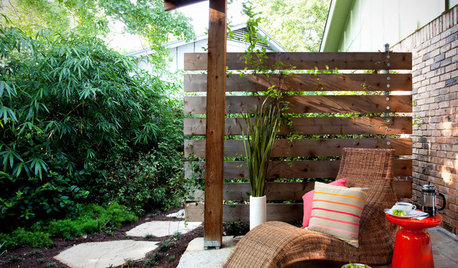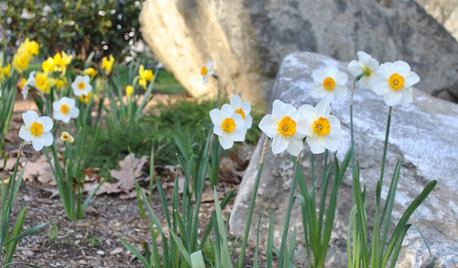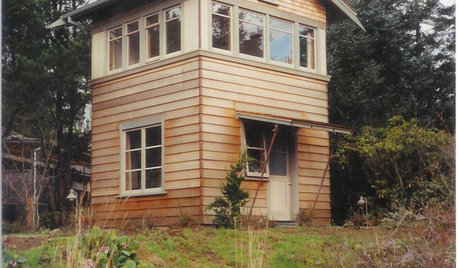How to prevent blossom end rot next year?
nopeda123
10 years ago
Related Stories

GARDENING AND LANDSCAPING8 Rot-Resistant Woods for Your Outdoor Projects
No need for chemical treatments on your deck or pergola. These woods stand up to weather, insects and time beautifully on their own
Full Story
LANDSCAPE DESIGNThe Best Winter Garden Project? Plan for Next Year
Consider these 9 ideas now for a highly personal, truly enjoyable garden come spring
Full Story
GARDENING GUIDES15 Ideas to Try in Your Garden This Year
These gardening stories were tops among Houzz readers. Which ideas might you try this year?
Full Story
COLORColor of the Week: Spring Blossom Yellow
Tired of winter yet? Bring on spring with our featured color of the week
Full Story
GARDENING AND LANDSCAPINGSpring Blossoms Burst Into the Big City
Warm weather has lured busloads of gorgeous flowers to New York, from shy buds to full-blown blooms
Full Story
DECORATING GUIDESThinking Spring: Blossoming Branches
Cherry, Peach and Apple Flowers Make Interiors Bloom
Full Story
DECLUTTERINGYour Clutter-Clearing Plan for the New Year
Tackle these tasks month by month for a decluttering strategy that will really pay off
Full Story
ARCHITECTUREAn Architect's Wish List for the New Year
Have a better relationship with your home and neighbors this year with these forward-thinking ideas
Full Story
MOST POPULAR8 Life-Enhancing Home Resolutions for the New Year
You can take steps to make this the year your home truly becomes a place of comfort and joy
Full Story
COLORHow to Use Marsala, Pantone’s 2015 Color of the Year
Pantone digs deep and goes earthy with its selection. Here are ways to make it work in your home
Full Story





jean001a
digdirt2
Related Professionals
Holly Springs Landscape Architects & Landscape Designers · Southfield Landscape Architects & Landscape Designers · Lantana Landscape Contractors · Lewisville Landscape Contractors · Pine Hills Landscape Contractors · Ken Caryl General Contractors · Mount Vernon General Contractors · Baton Rouge Decks, Patios & Outdoor Enclosures · Gaithersburg Decks, Patios & Outdoor Enclosures · Littleton Decks, Patios & Outdoor Enclosures · Monroe Decks, Patios & Outdoor Enclosures · Palmetto Decks, Patios & Outdoor Enclosures · Randolph Decks, Patios & Outdoor Enclosures · South Miami Heights Decks, Patios & Outdoor Enclosures · Springfield Decks, Patios & Outdoor Enclosurestormato
seysonn
UncleDunkel
carolyn137
tete_a_tete
Vince (8) Kemper